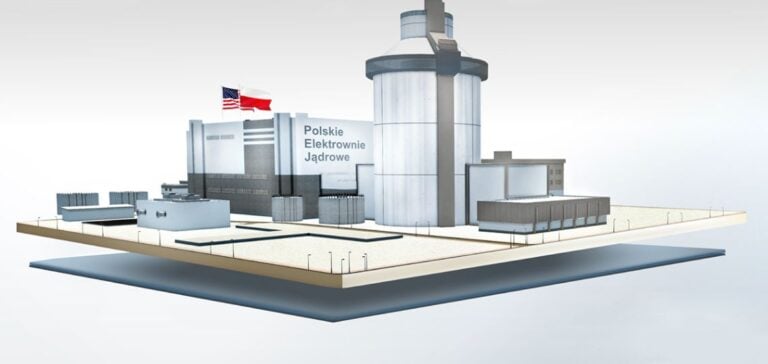Poland has announced an ambitious timeline for its nuclear projects, aiming to diversify its energy mix and reduce reliance on fossil fuels. Wojciech Wrochna, strategic adviser for energy infrastructure, revealed during a press conference in Warsaw that the first unit of the country’s inaugural nuclear power plant will be operational by 2036. This initiative is part of the Polish Nuclear Power Program (PPEJ), an updated version of which will be published in January.
In September, the state-owned company Polskie Elektrownie Jądrowe (PEJ), responsible for the project, signed an 18-month engineering services contract with U.S. companies Westinghouse and Bechtel. These firms will collaborate to design a 3,750 MW plant consisting of three AP1000 reactors in the Choczewo region of Pomerania.
The Polish government has estimated the total cost of this nuclear power plant at 150 billion zlotys ($37 billion), with 30% funded by government equity and 70% through debt financing. The U.S. Export-Import Bank is among the financial institutions expected to support the investment. Specific legislation enabling state support is expected to be enacted early in 2024.
Financing Model and European Support
To ensure the project’s economic viability, Poland plans to adopt the contract-for-difference mechanism, which offsets the difference between a predetermined strike price and the market price of electricity. Efforts to secure European Commission approval for this financing model are expected to begin by the end of December.
Meanwhile, the PPEJ retains its ambition to build a second nuclear power plant at a different location. The technology provider for this project is set to be selected in 2026, with construction expected to begin in 2032. This second facility will include three units, with the first becoming operational in 2040 and the others following in 2041 and 2042, enabling full commissioning by 2043.
Strategic Choices for the Second Site
The government is currently evaluating four potential sites for the second nuclear plant, including former coal regions. According to Pawel Gajda, the Ministry of Industry’s nuclear energy director, the final site selection will be closely tied to the choice of the technology vendor. This vendor is also expected to contribute equity to the project, while the Polish state will maintain majority control.
These projects mark a significant step in Poland’s energy strategy, aiming to reduce carbon emissions while enhancing energy security.






















